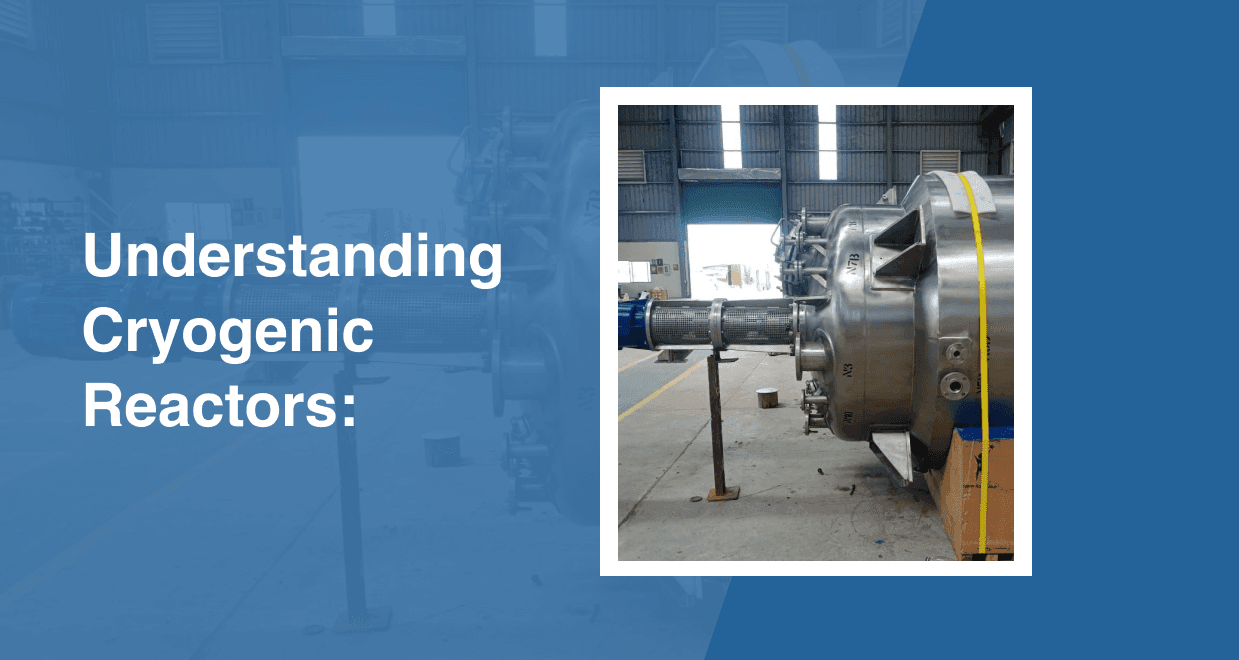Understanding Cryogenic Reactors

Understanding Cryogenic Reactors:
An In-Depth Guide Cryogenic reactors are key components in chemical engineering and industrial processes where reactions take place at very low temperatures. Cryogenic reactors make possible chemical reactions between substances under temperatures that go as low as -90˚C. The topic will be the design and use of cryogenic reactors in this manual.
Discovering Cyrogenic Reactors QVF Process Systems cyrogenic reactor
bundle stands out as an example. This new technology enables researchers and engineers to carry out pilot-scale reactions at precisely controlled conditions under low or high temperature in one unit. This reactor features a built-in heat/chill system which makes it easier to use thereby increasing its effectiveness, only needing. The reactor comes with a heating system that operates on nitrogen and electricity only making it simpler to run and more efficient.
Key Features And Advantages of Cryogenic Reactors
- Ease of Use: The design is streamlined for the benefit of the users such as smooth running and control.
- High Efficiency: The reactors are very efficient so that they give optimum utilization of resources and materials. Best capacity to store: Cryogen vessels allow for large storage space for materials that require very low temperatures.
- Pressure’s elasticity: Cryogenic reactors serve lots of process needs since they have high or low-pressure models. Broad range of temperatures: The versatile use of cryogenic reactors is due to their ability to be functional over a wide temperature range, from -90°C to 350°C.
- Consistency with GMP: Cryogenic reactors comply with Good Manufacturing Practice (GMP) regulations ensuring smooth operation with little interruption and absence of contaminants or unexplainable substances, send this link to your friends.
- Automation: Fully automated control systems with features such as control valves, data acquisition, metered feeds, and process recipe management enhance productivity and precision.
Advantages and Disadvantages of Cryogenic Reactors
Advantages
They help in generating pure high quality ready for transport liquid Co2 as well as other items.
- Less need for chemical reagents: By operating at lower temperatures, cryogenic reactors eliminate the need for some chemical reagents, simplifying the process.
- The suitability of cryogenic reactors for high-pressure gas streams with high CO2 concentrations is great.
- No Regression Process: The use of cryogenic reactors eliminates the need for regressive processes in certain reactions, streamlining operations.
Disadvantages
- Energy Intensive: Cryogenic processes often come with a significant energy penalty due to the need for refrigeration systems.
- High capital cost: The initial investment required to set up cryogenic reactors can be significant, which affects the overall cost.
- Control of Trace Elements: Management of trace elements such as water, SOx and NOx requires special consideration to avoid equipment blockages and operational problems
In conclusion
In Conclusion It should be noted that cryogenic reactors encompass vital modern-day chemistry tools which facilitate targeted chemical reactions at very low temperatures. The reactors offer certain benefits like high purity output and they can be used in various temperature ranges, but also come with drawbacks which include energy consumption, price and upkeep. The latter come with the problems of power usage, cost, as well as worker service. In this informative piece, we take a detailed look at cryogenic reactors with respect to their uses, parts, and what chemical industry players need to know. Businesses and researchers can tap into the full potential of these advanced systems for several industrial processes by learning the details of cryogenic reactors.
